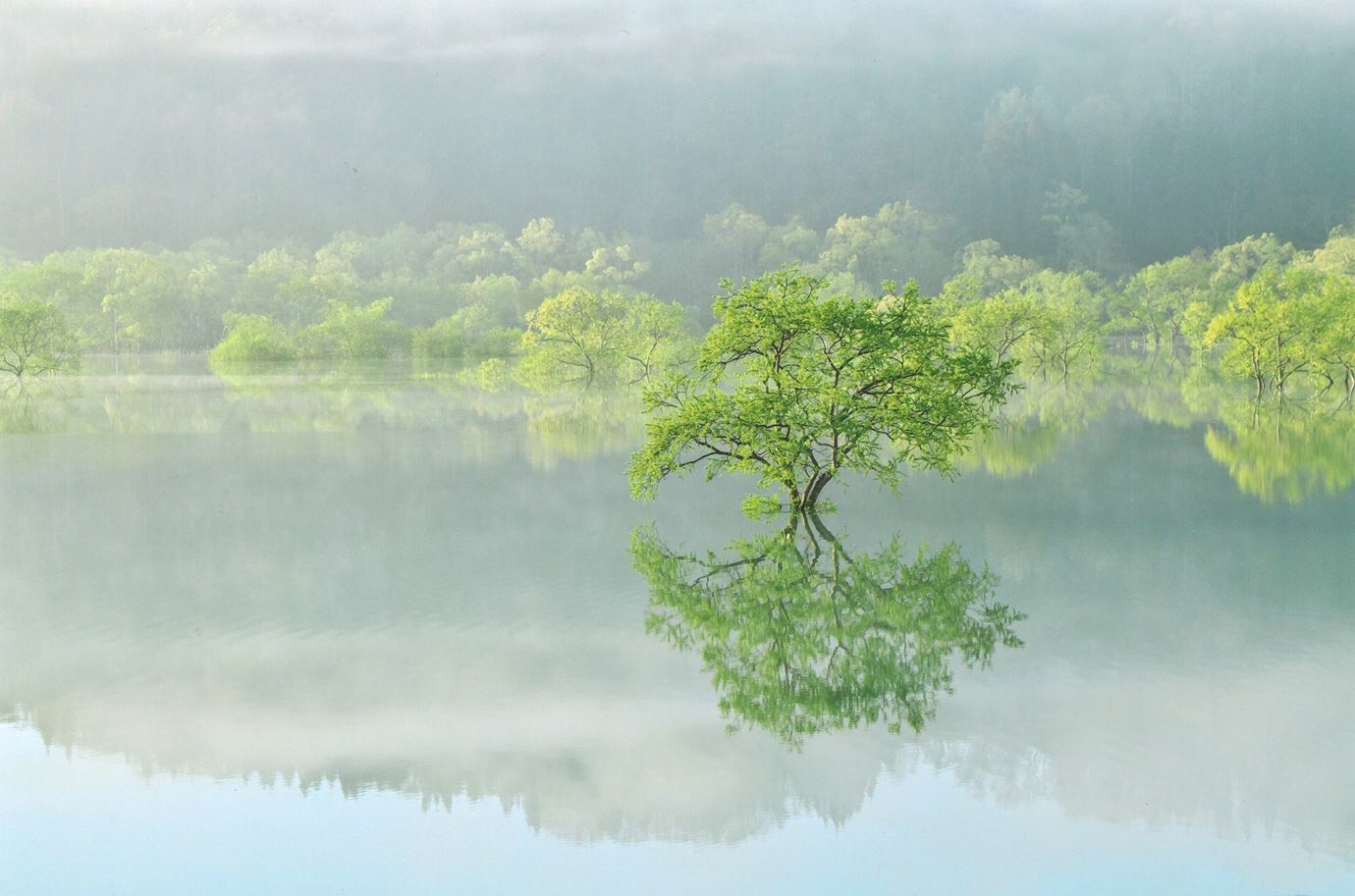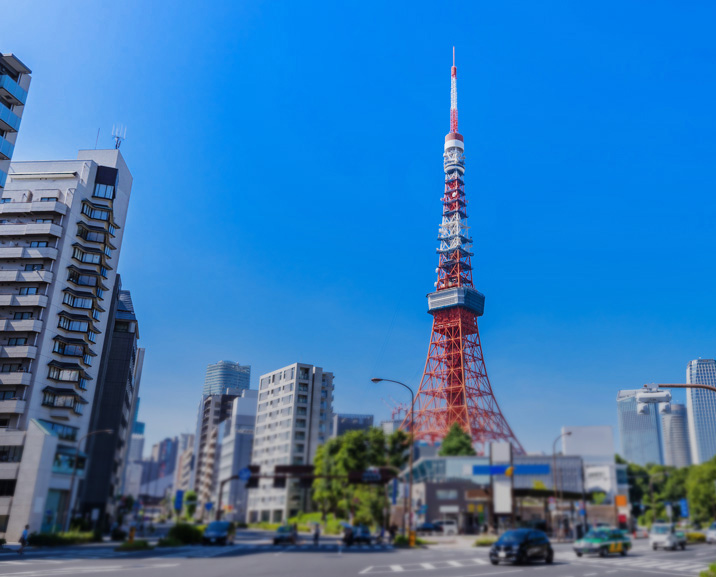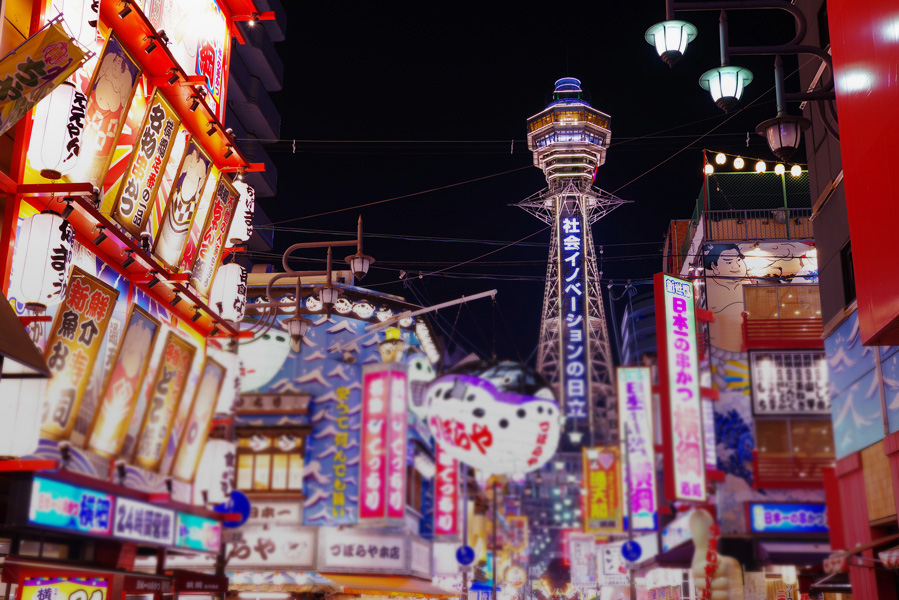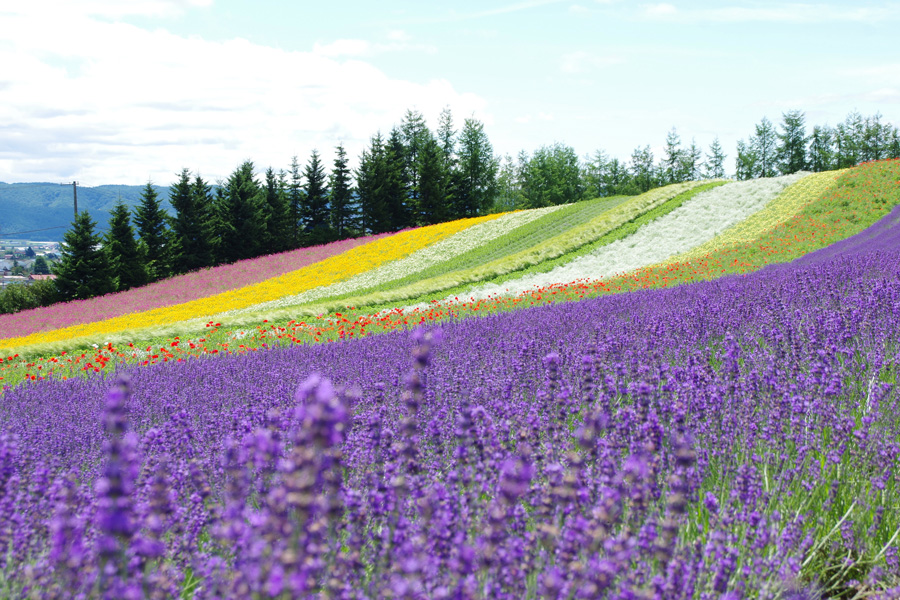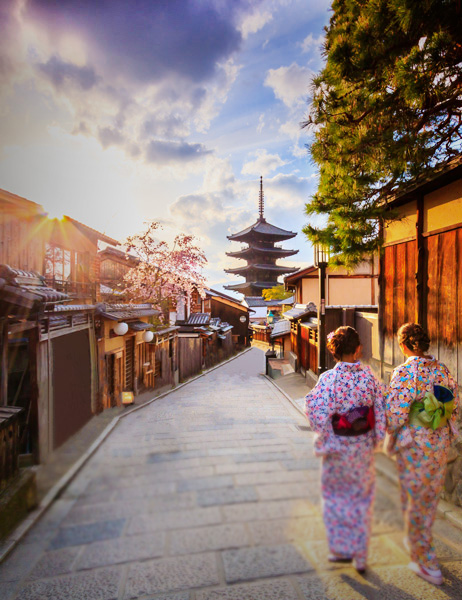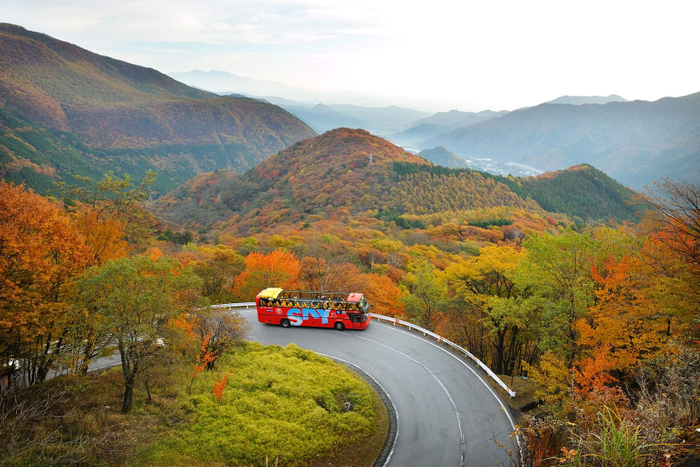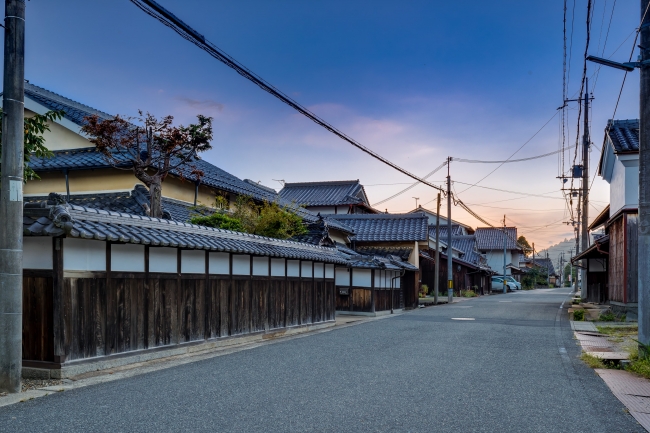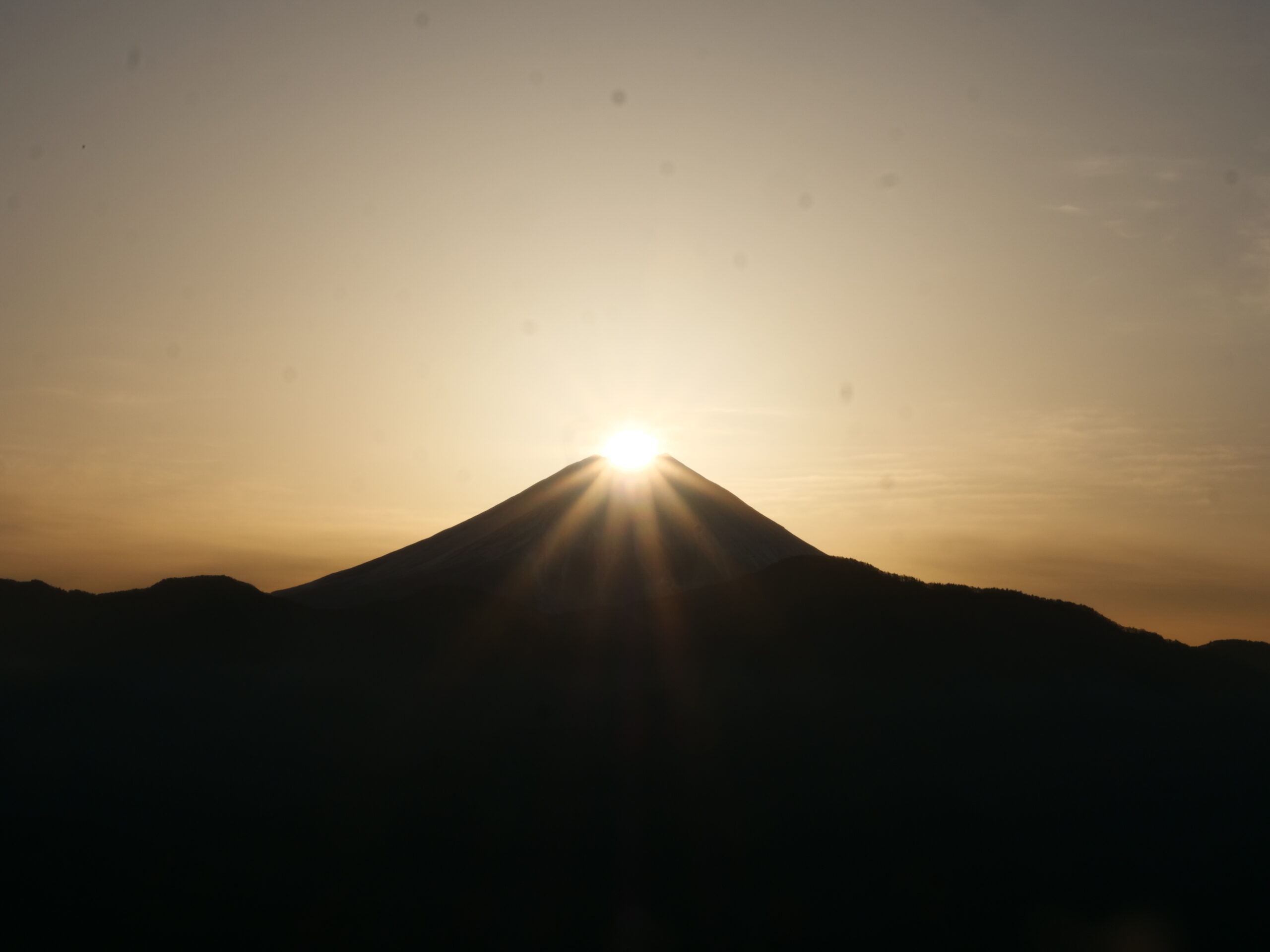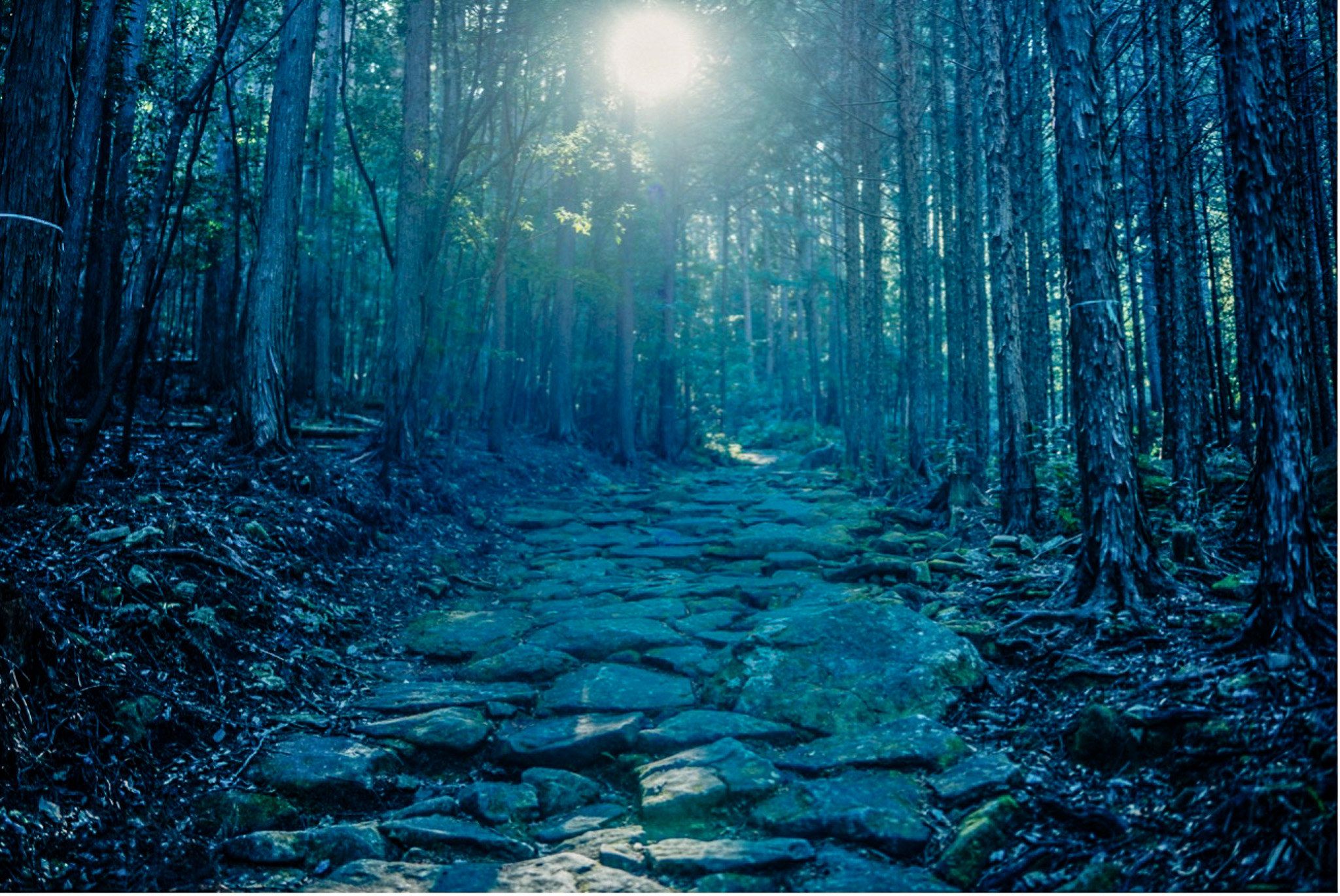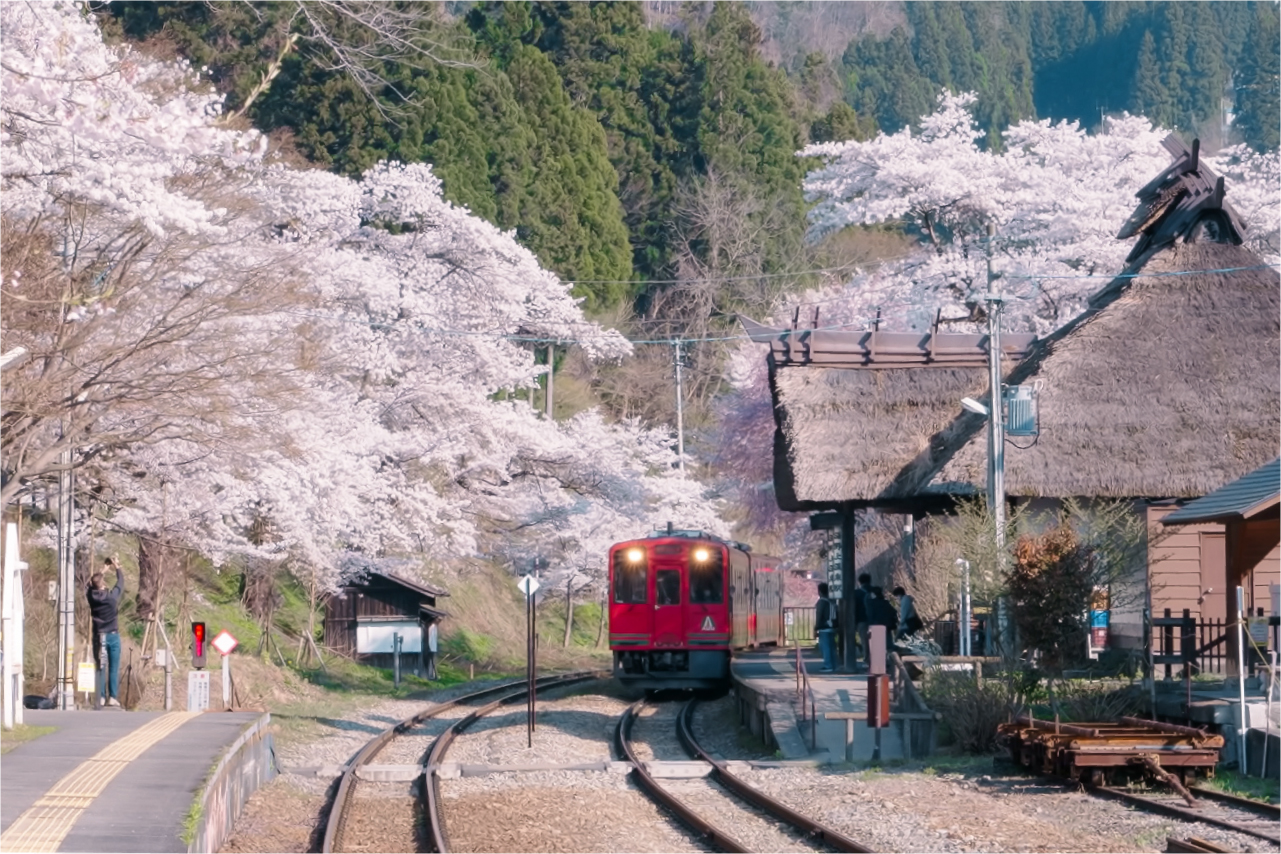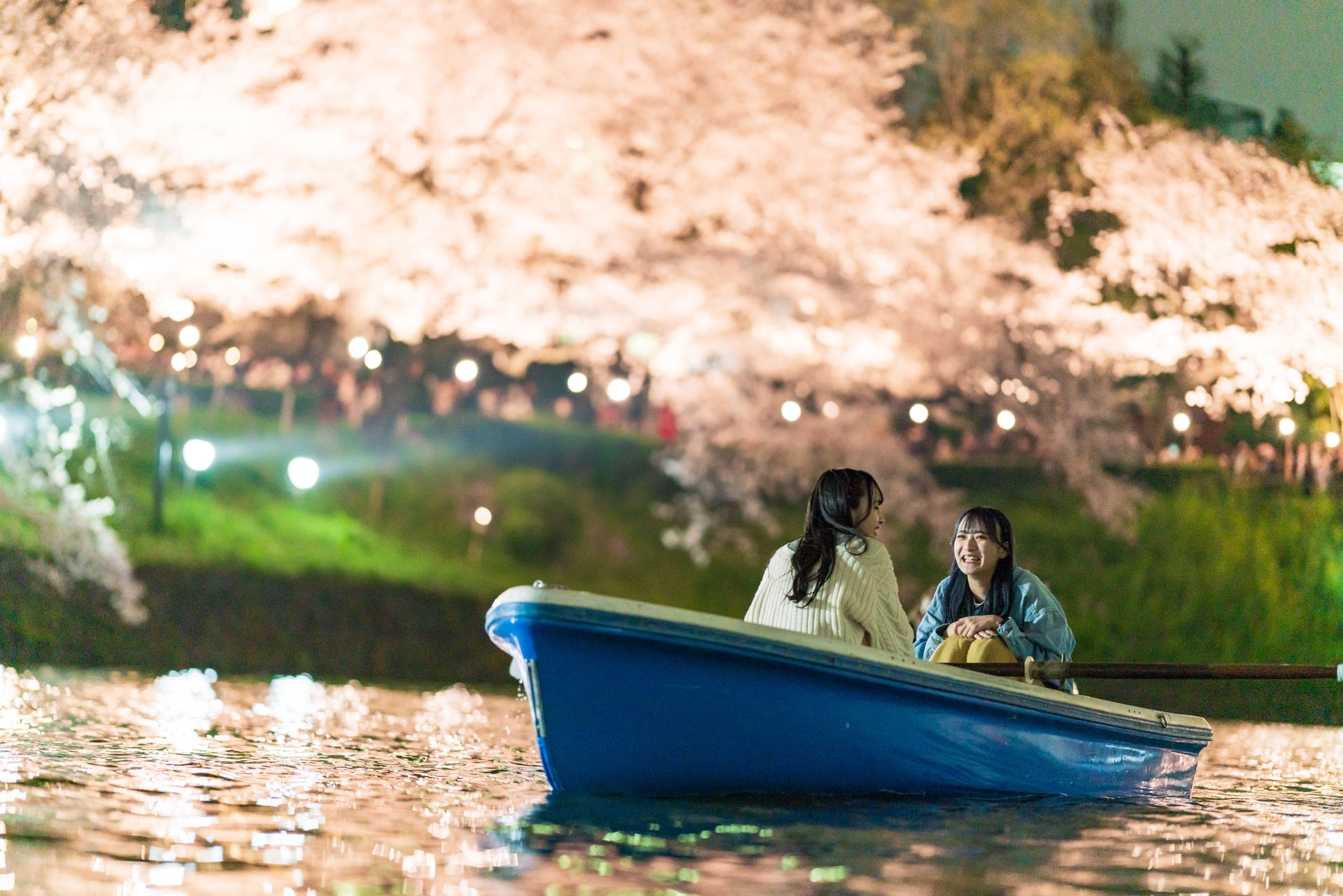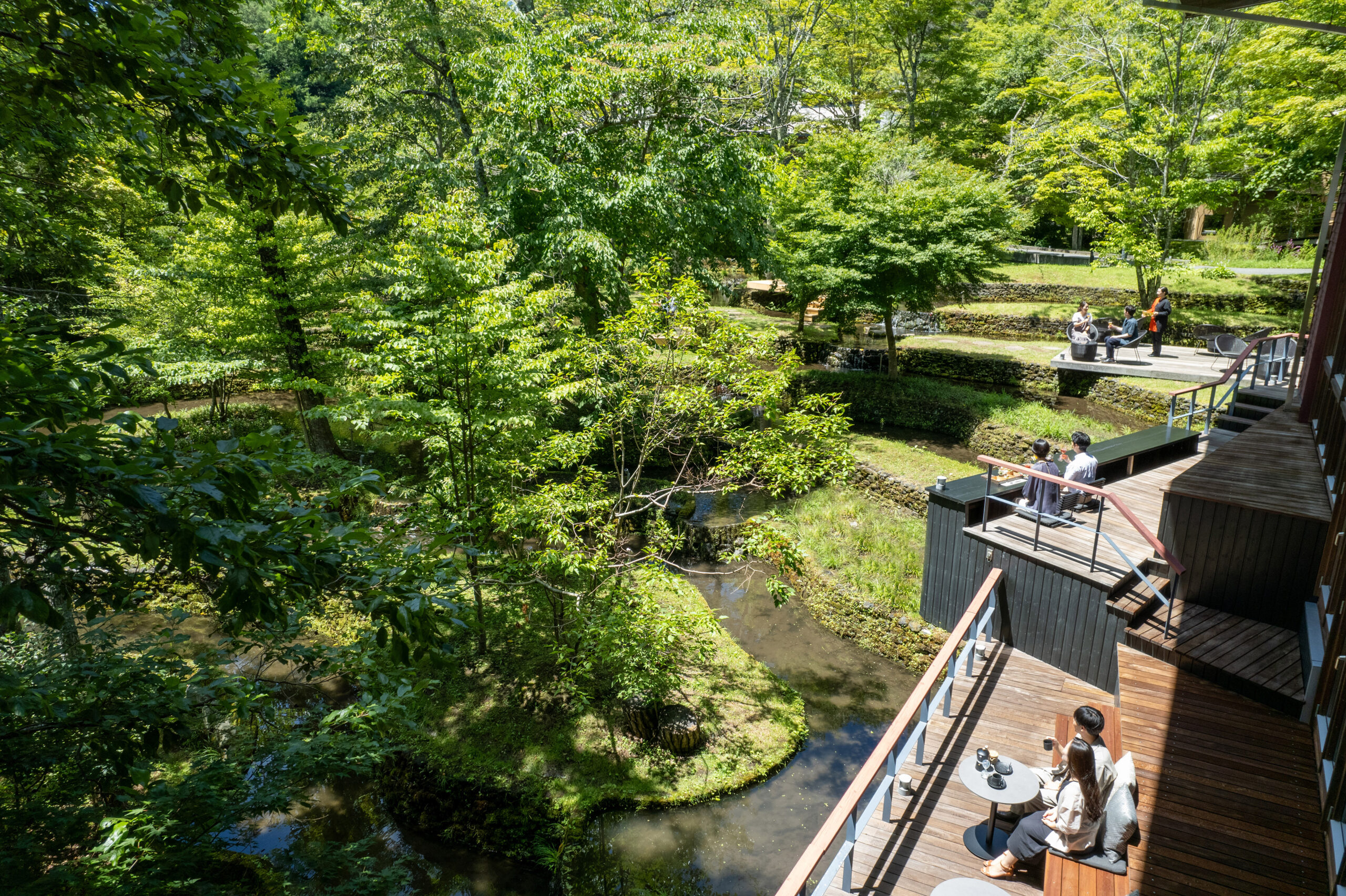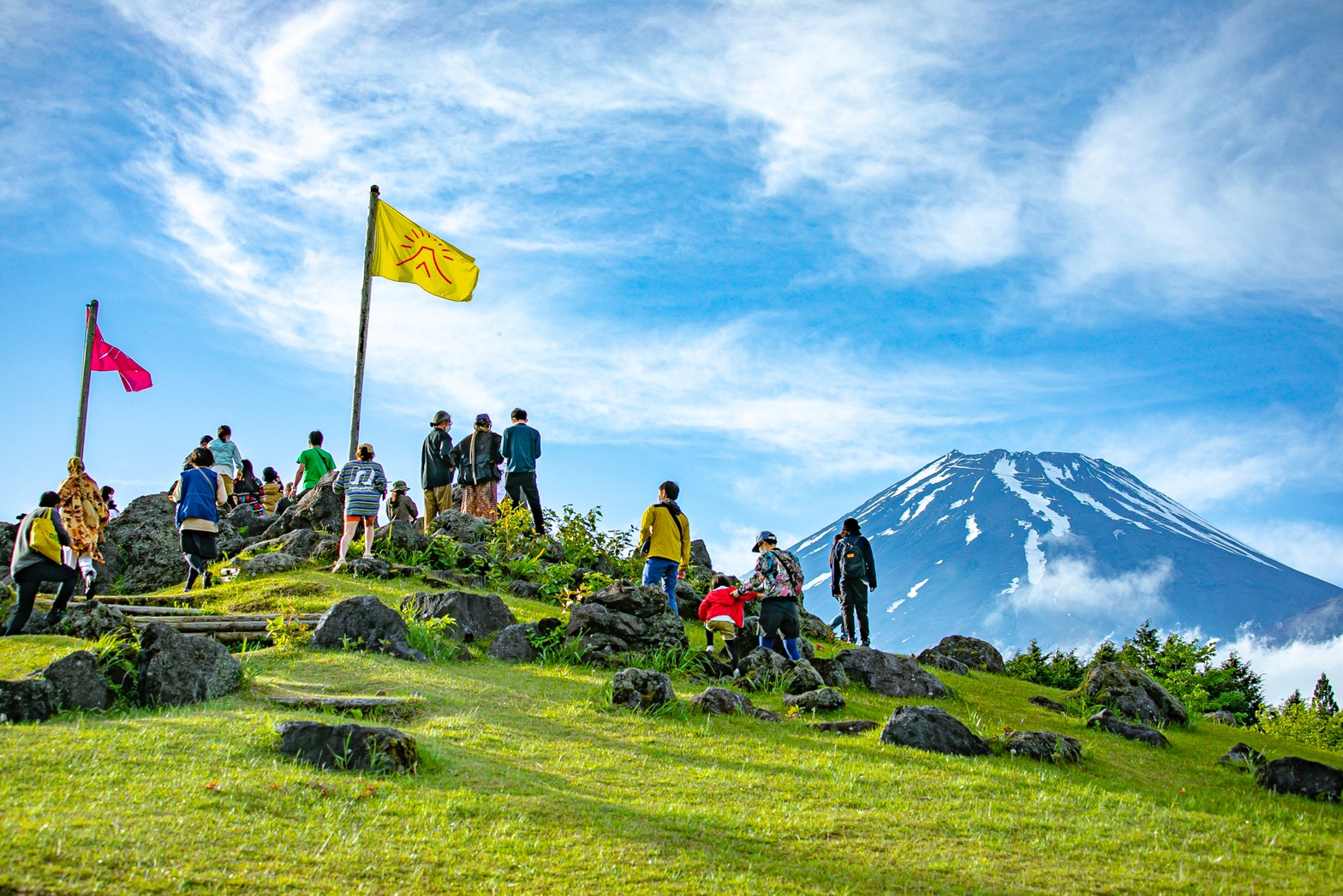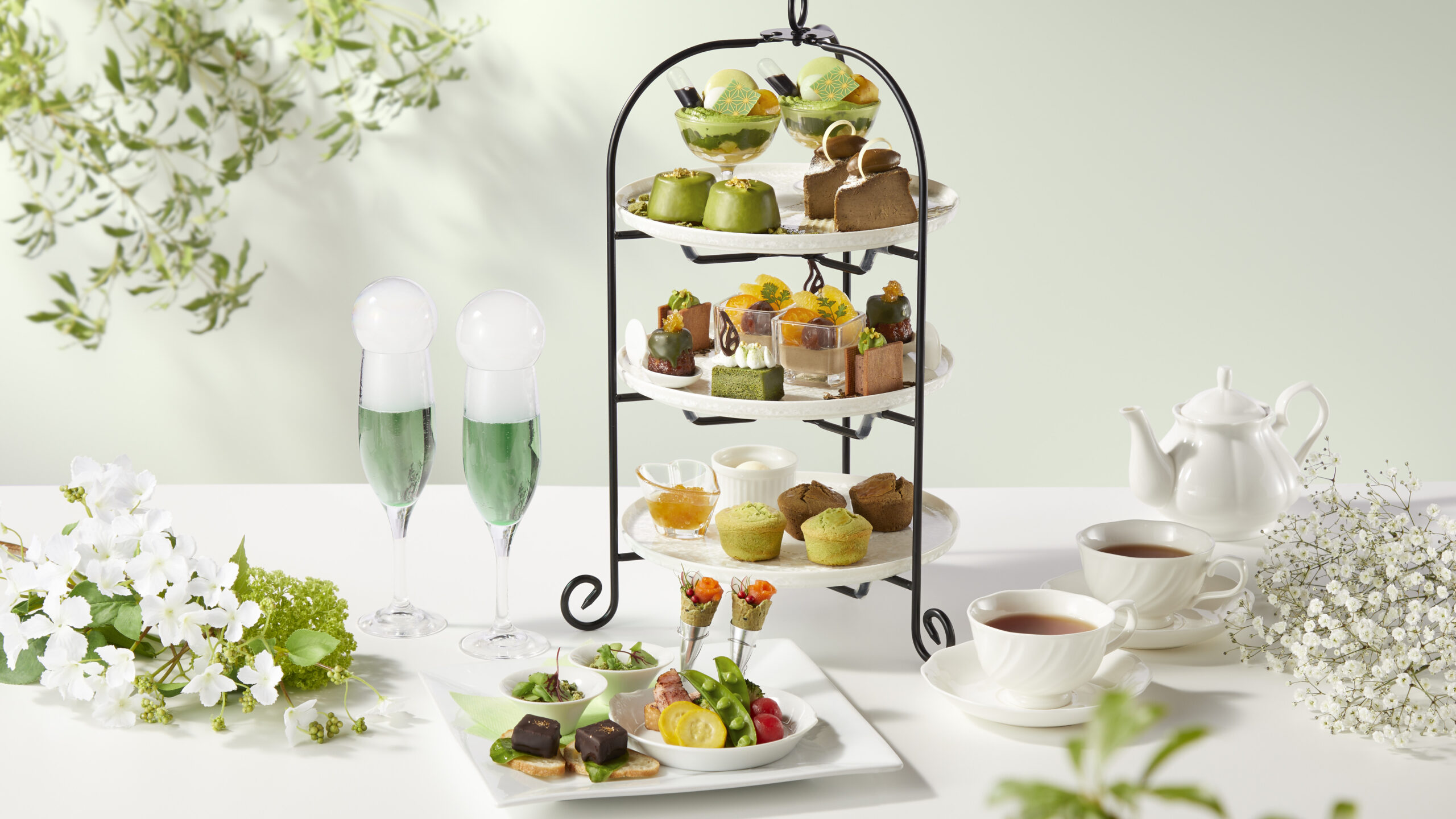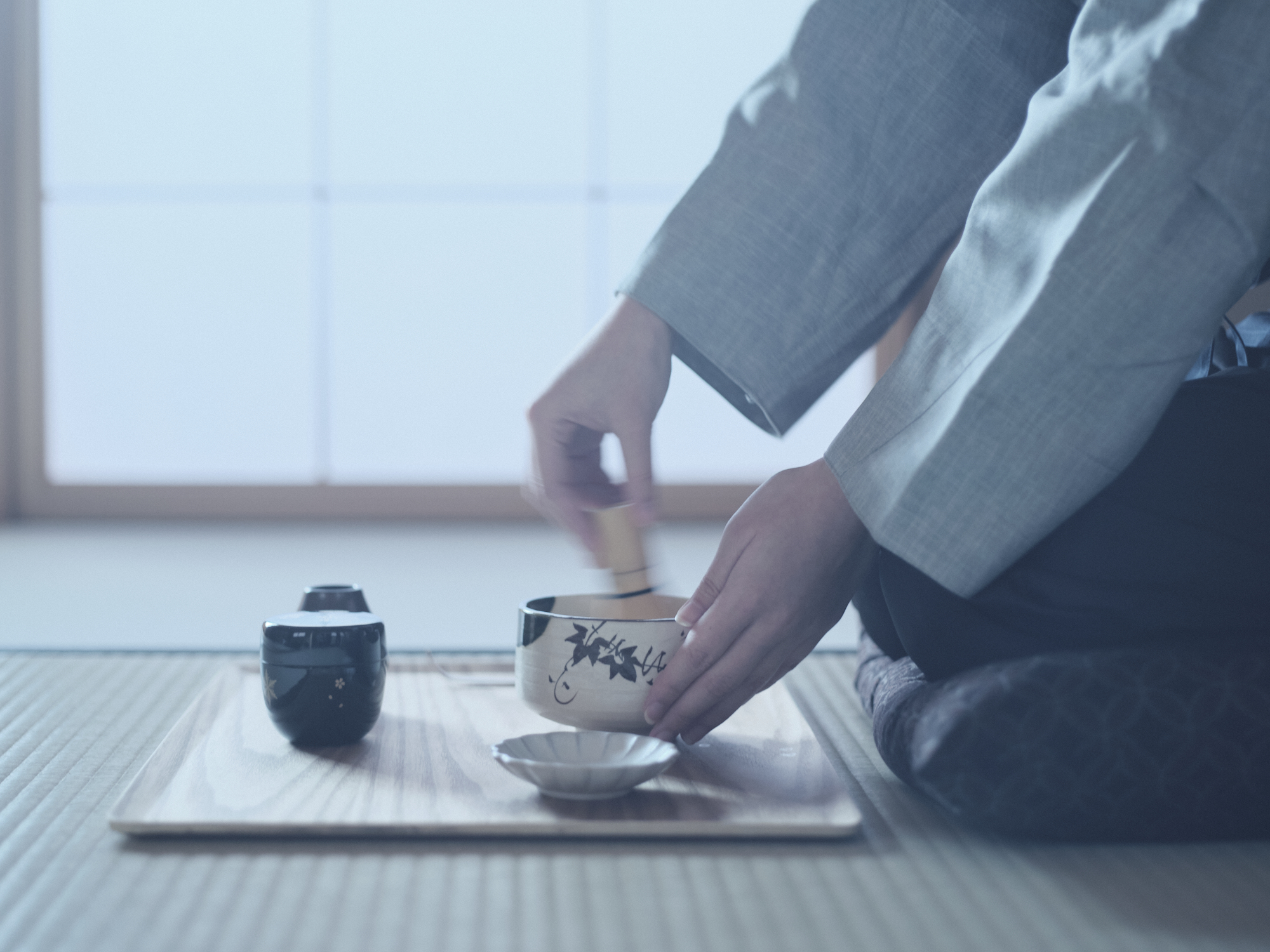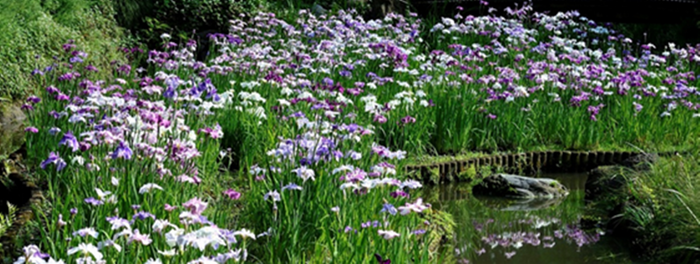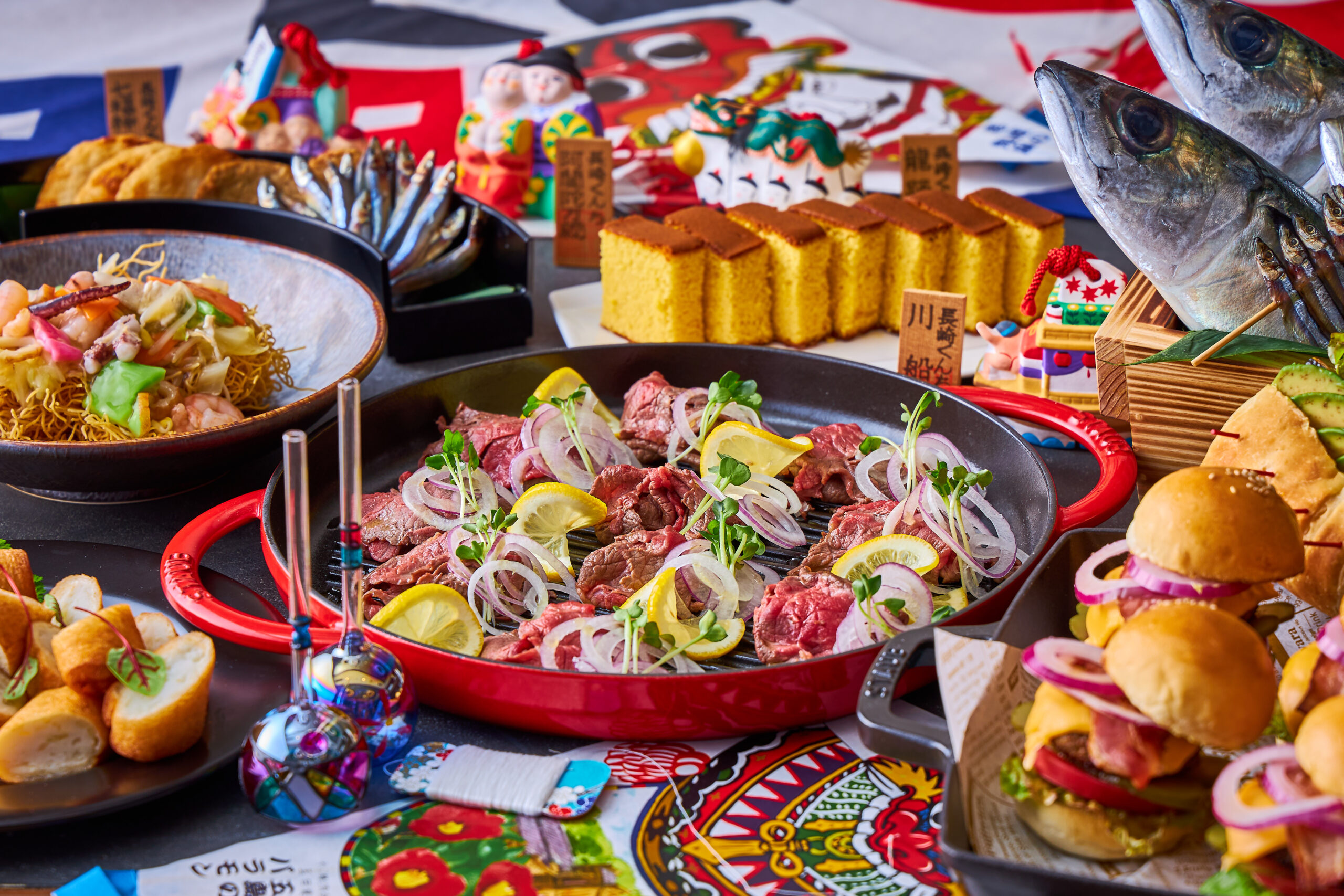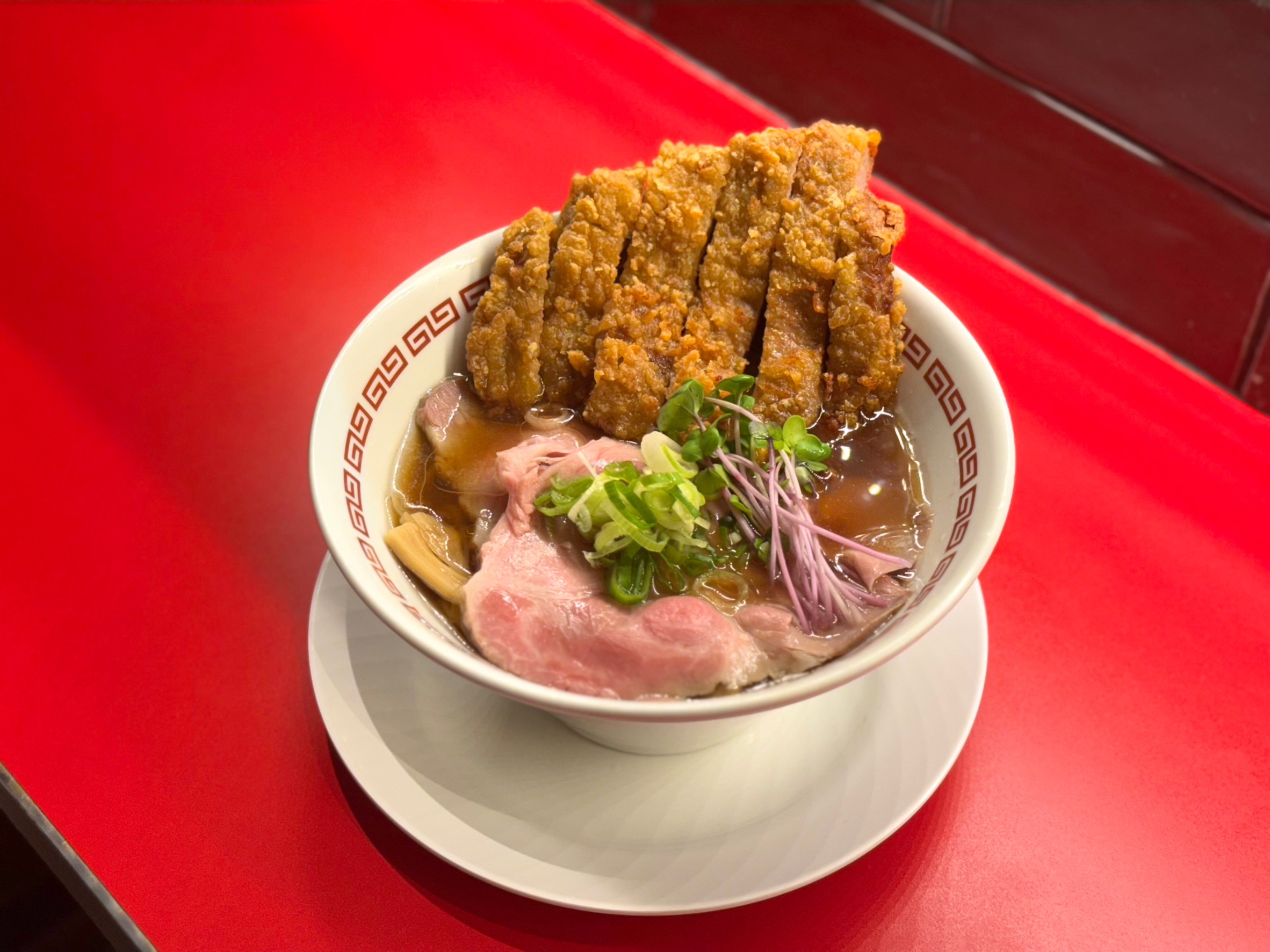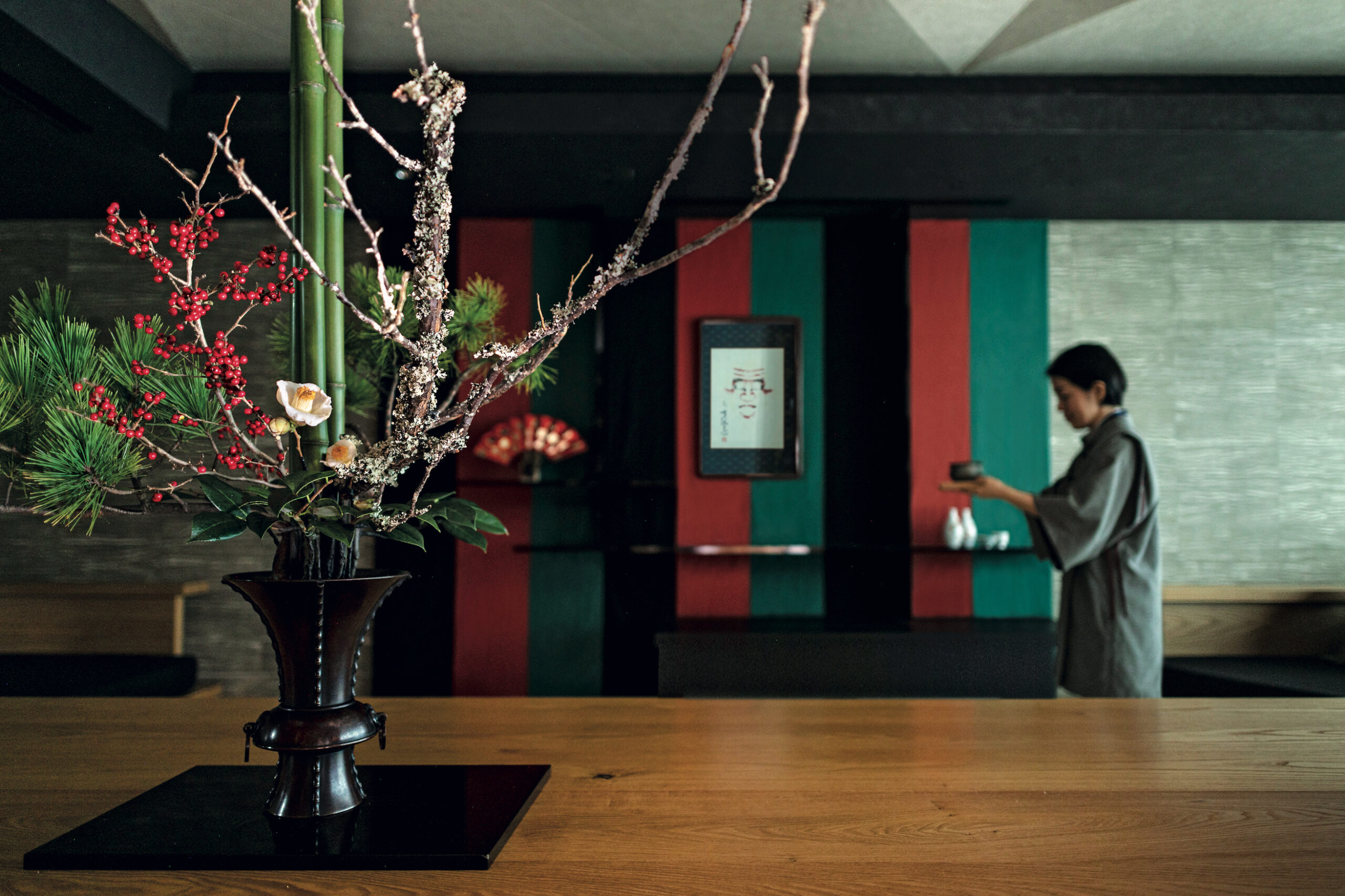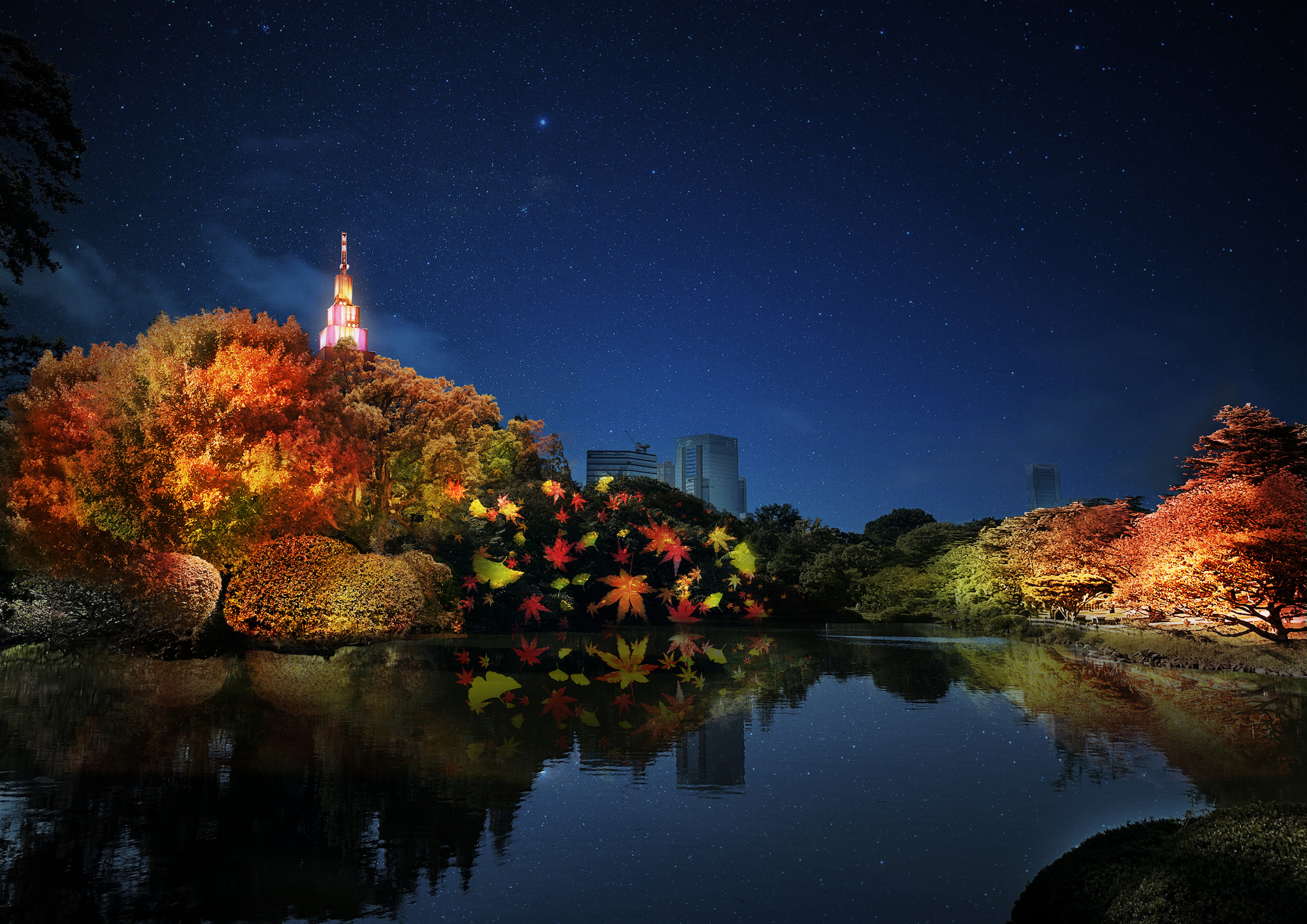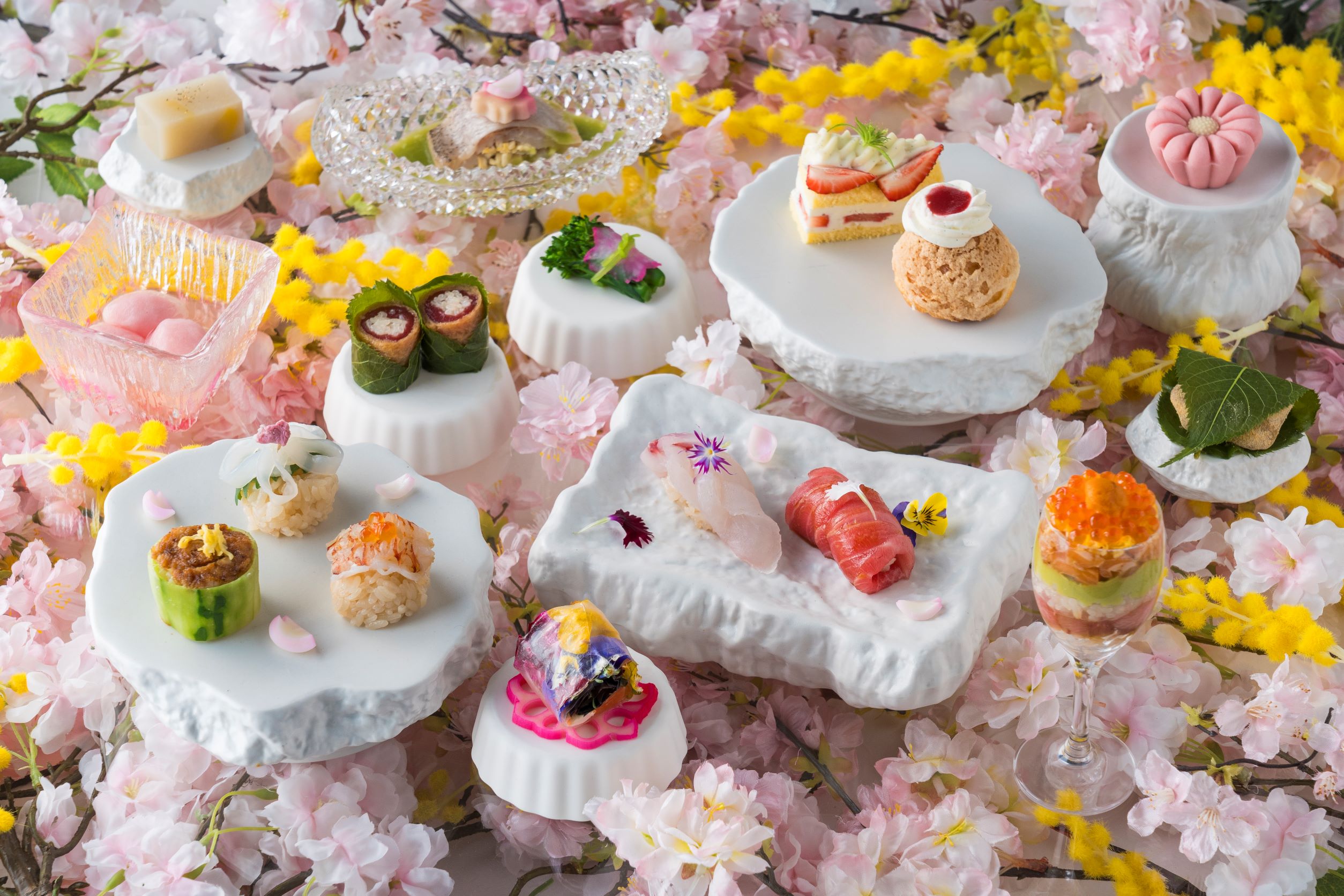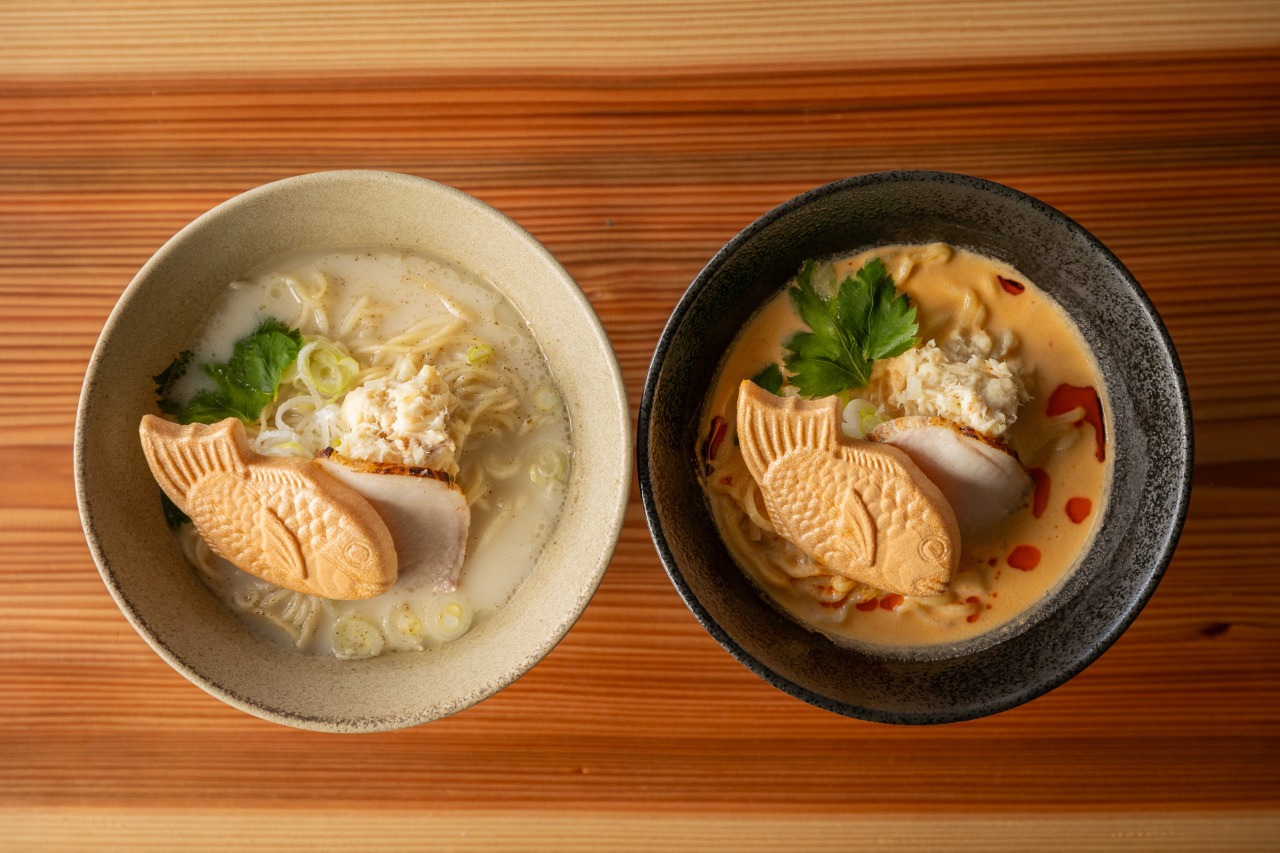What is "peony"?
Peony flowers are considered to be a symbol of “Fuki” and are called “Fukihana” and “King of Hundred Flowers”.
It is said that it was introduced to Japan as a medicinal plant from China during the Nara period, and since the Edo period, cultivation has flourished and many varieties have been produced. In Chinese literature, since Sheng Tang (early 8th century), it has been actively sung in poetry, and in Japanese literature, it has been sung in many haiku as a seasonal word, and it is also popular as a painting, pattern, and family crest.
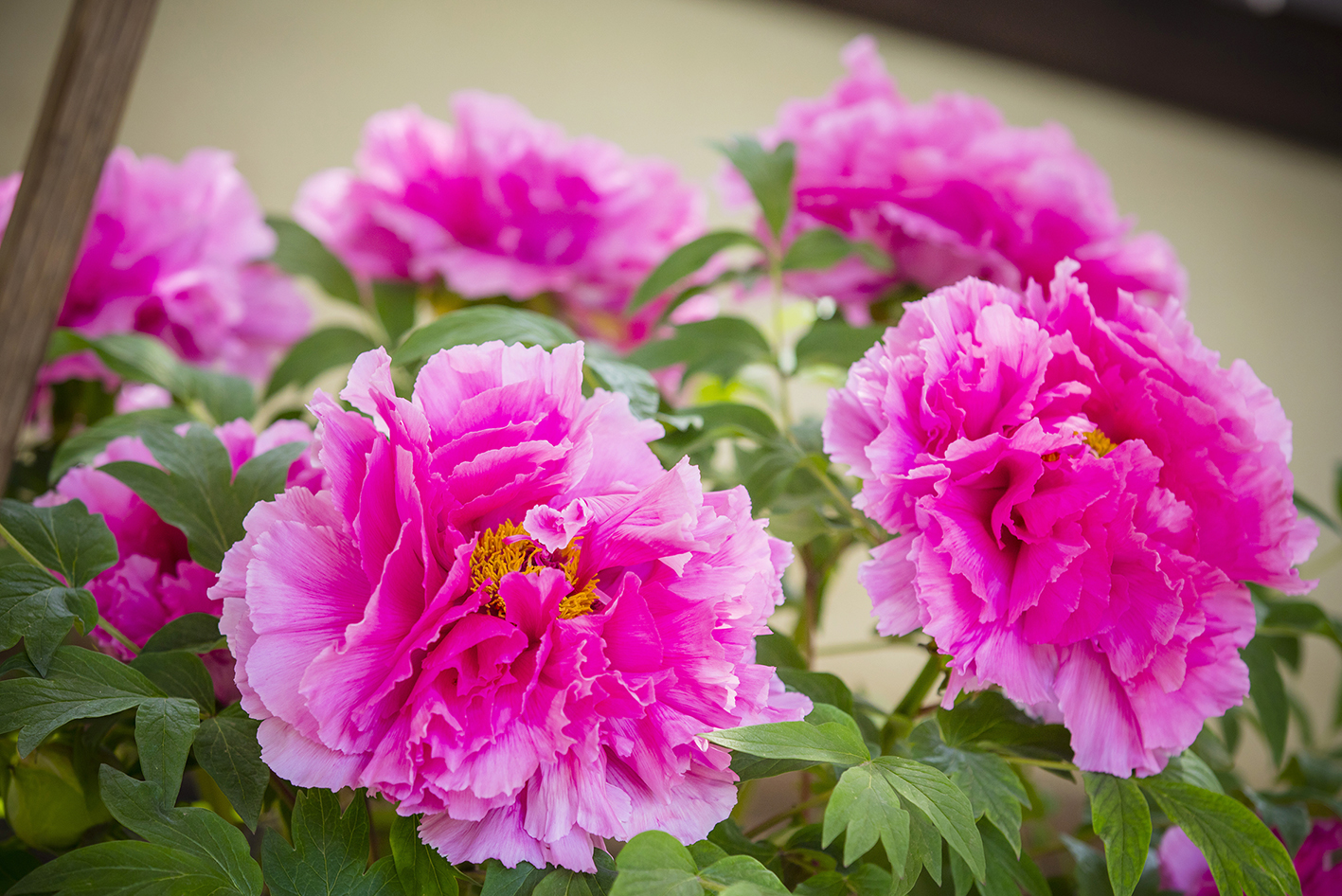
Shikouden
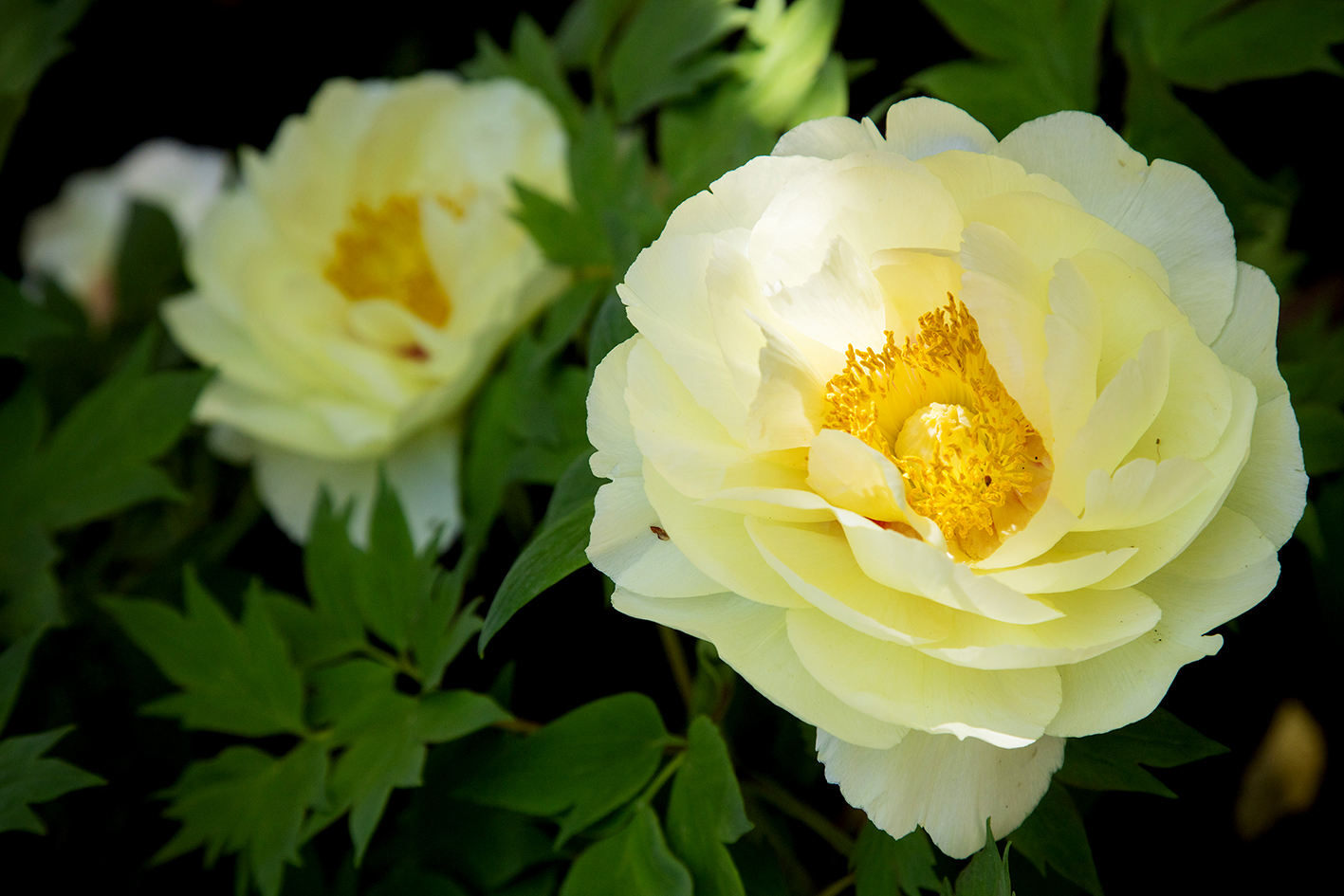
Yellow crown
More than 600 stocks of 110 species, including large stocks from the time of the opening of the garden and "Marimo" that blooms in green
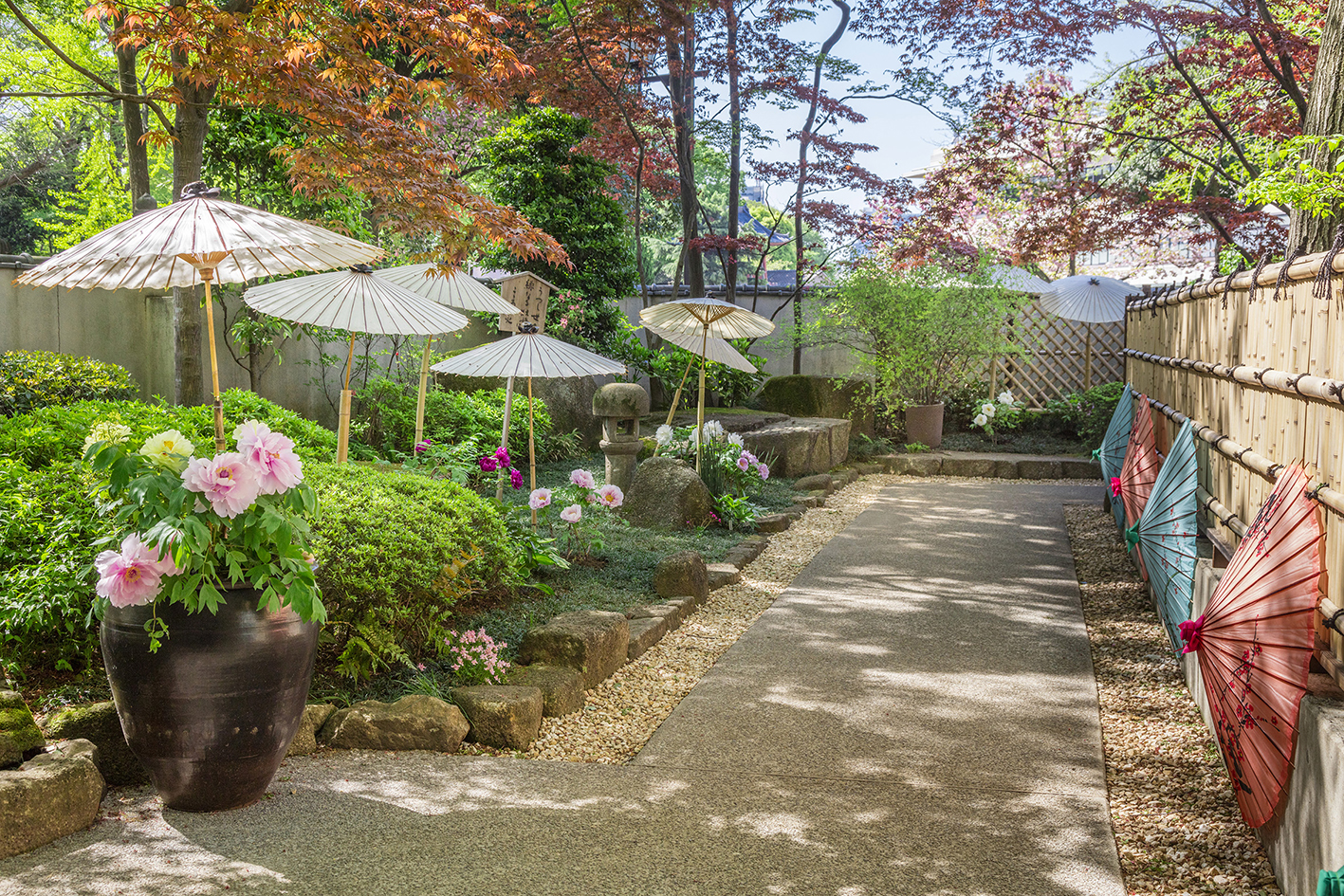
During the period, more than 600 buttons of 110 species from Japan, China, the United States, France, etc. will be in full bloom. You can also enjoy the large stocks that have been in bloom since the opening of the garden, and “Green peony”, which is a rare green flower produced by natural mating of Chinese and Japanese varieties.

Green peony
Rare varieties you can see this time
[Zipang]
The only yellow single-flowered button that blooms upwards. You can enjoy it with a very elegant scent.

[Bronze shine]
It is a very rare variety of button with yellowish orange petals. It is also characterized by the fact that each petal stands out and blooms upward.
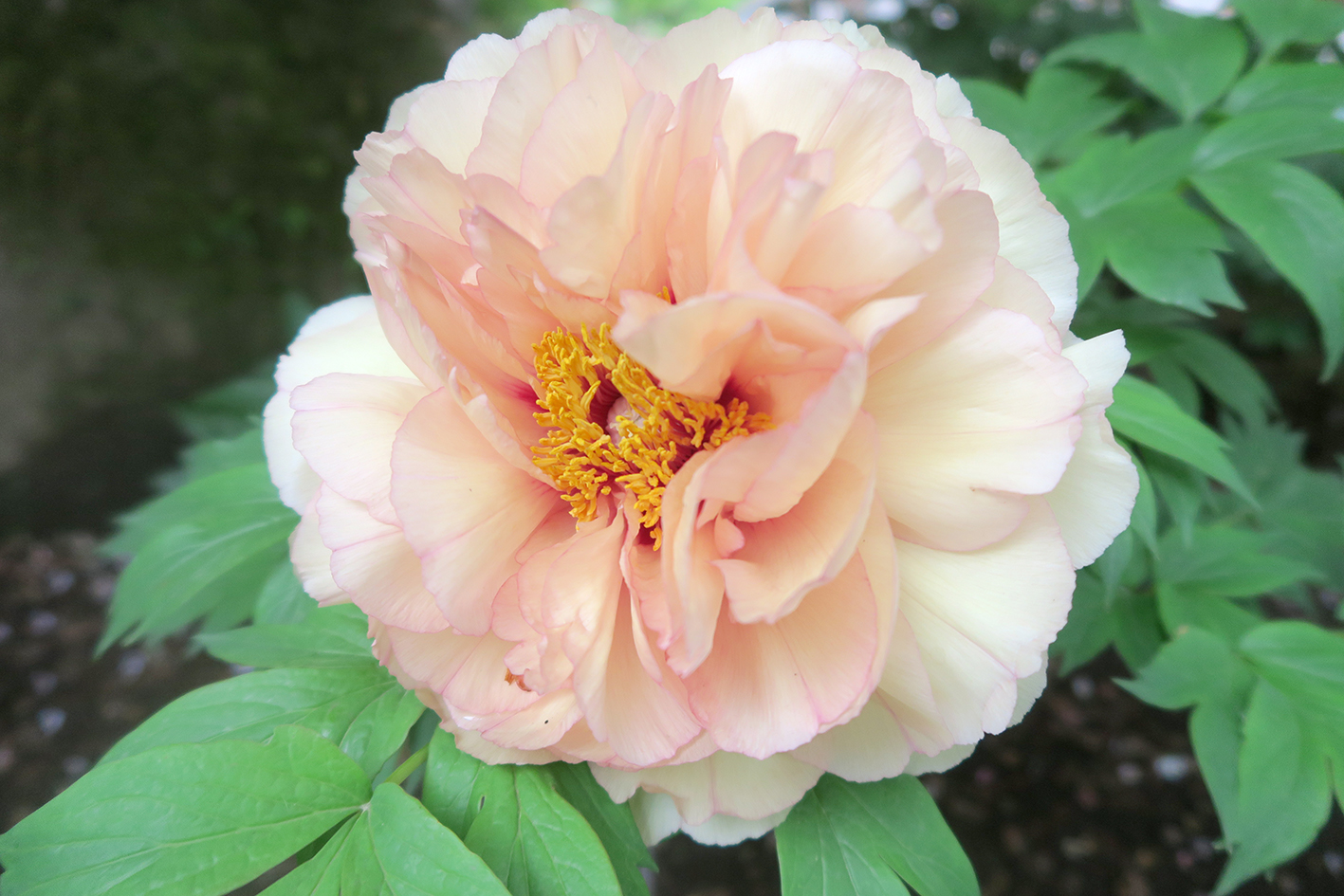
Enjoy Edo architecture and peony including "Old Kaneiji Five-storied Pagoda"
From the garden, you can see the five-storied pagoda of the former Kaneiji Temple and the stone lanterns lined up along the approach to Toshogu. In addition, you can enjoy peony in the Edo atmosphere where the time is so relaxed that you can’t think of it as the center of the city.

Karesansui and peony, five-storied pagoda
In addition, we have moss balls, bonsai, rhododendrons, and about 20 varieties of peonies all over the garden, as well as carp streamers that are familiar to us during the Boys’ Festival. Please enjoy this as well.
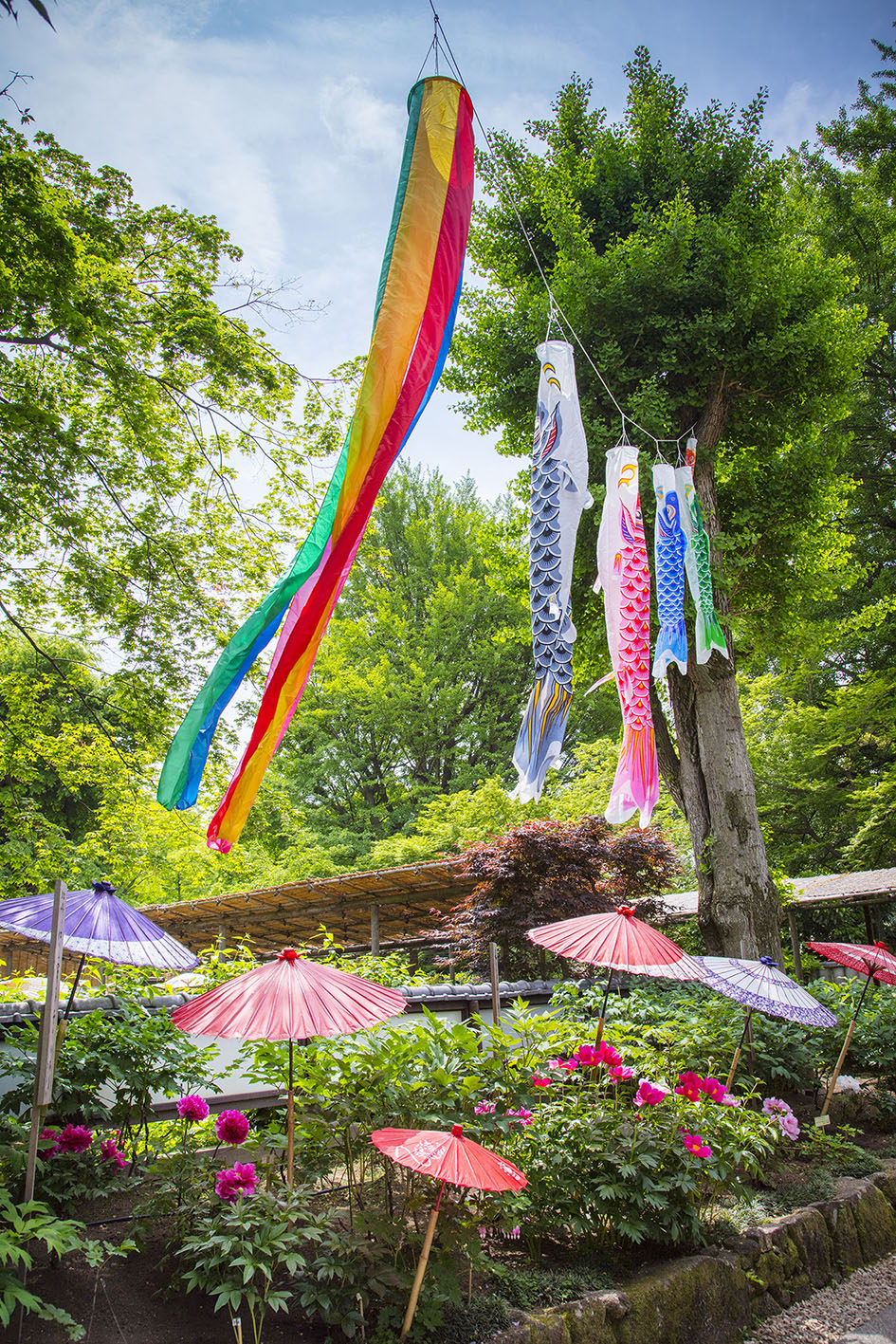
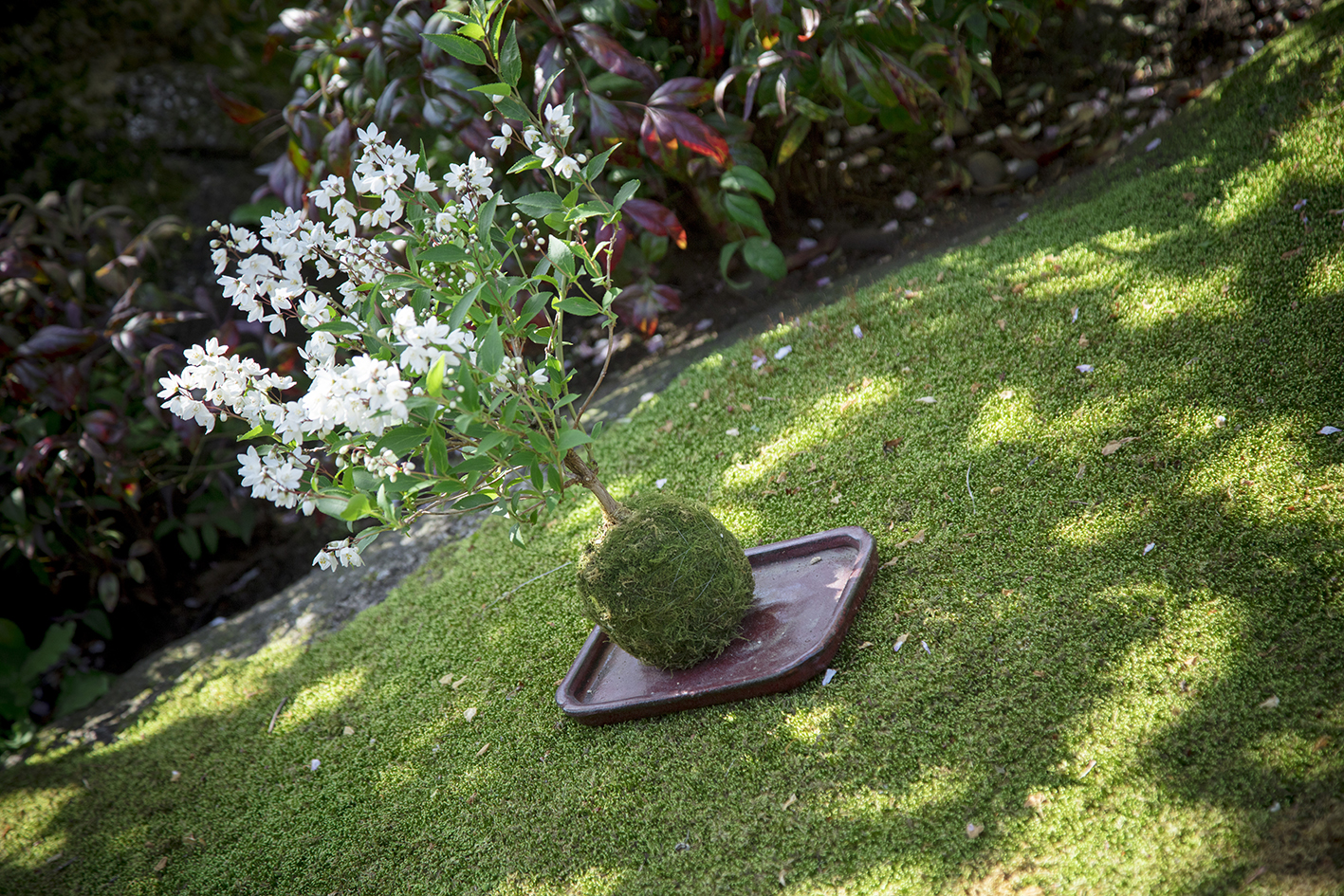
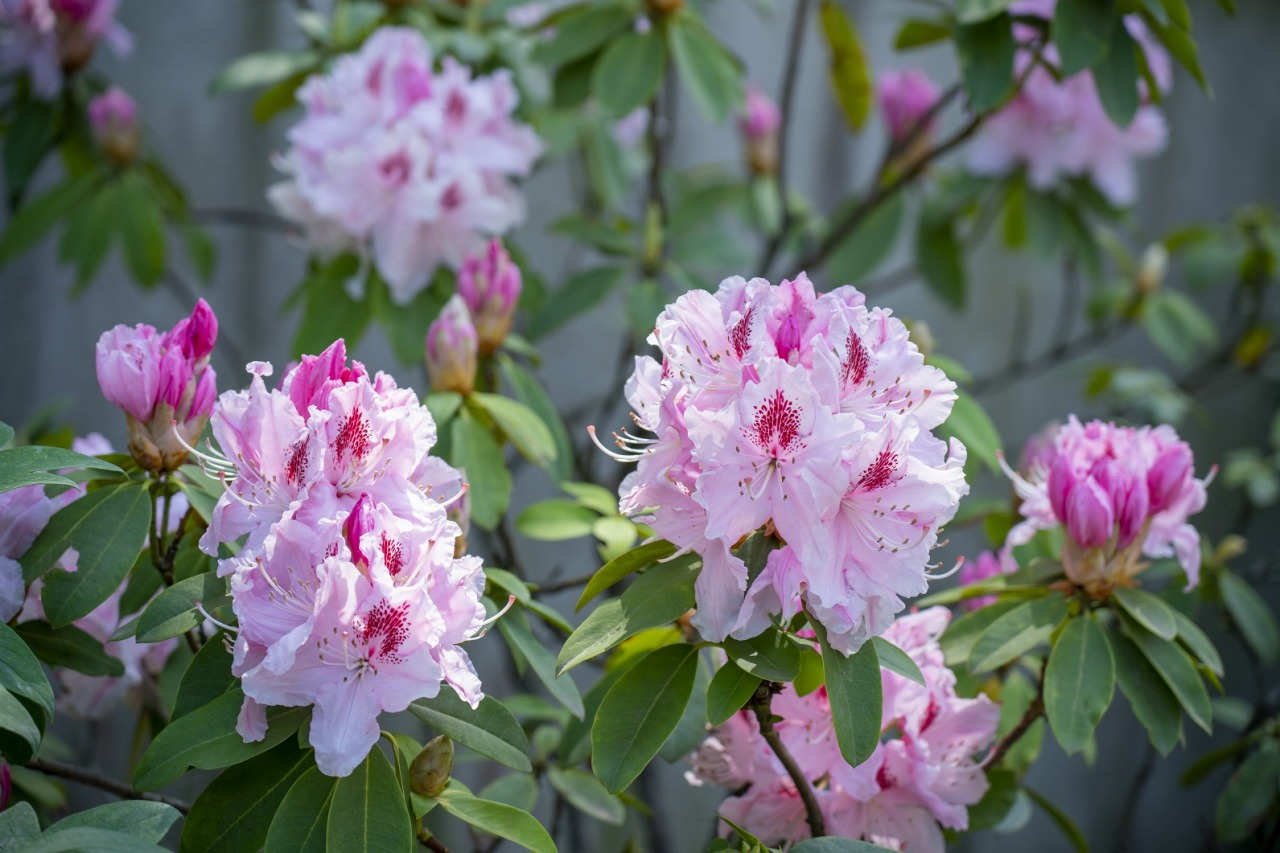
Rhododendron (early to late April)
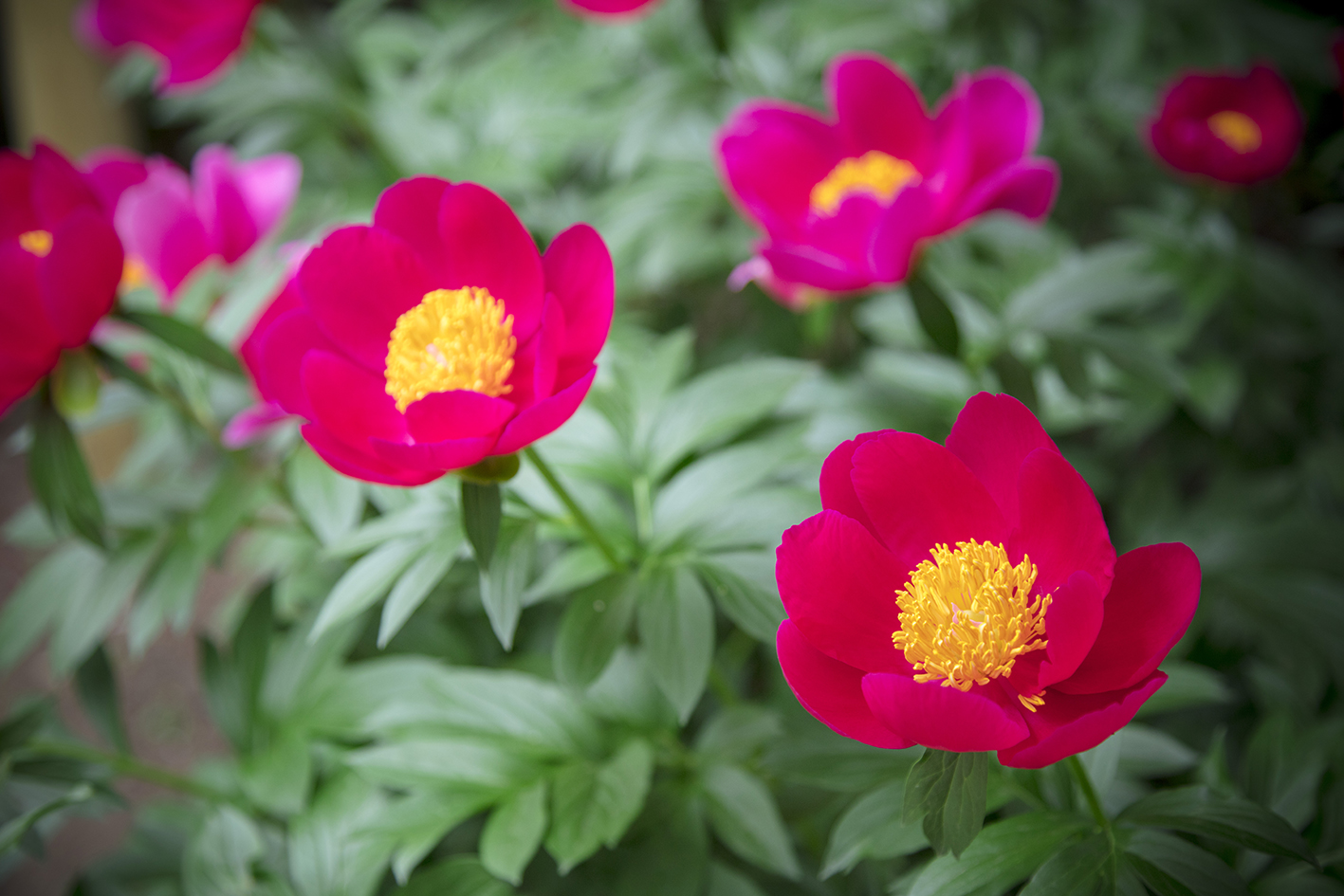
Peony (late April to mid-May)

Peony (late April to mid-May)
The 42nd Ueno Toshogu Spring Botan Festival
| Period: |
April 10th (Sat) -May 9th (Sun), 2021 * Open every day during the period |
| Opening time: |
9: 00-17: 00 (Deadline for admission) |
| Entrance fee: |
Adults (junior high school students and above) 700 yen, groups (20 people and above) 600 yen, elementary school students and younger free, Toshogu Shrine common admission ticket 1,100 yen |
| Address: |
9-88 Ueno Park, Taito-ku, Tokyo |
| TEL: |
03-3822-3575 (Botanen) |
| Access: |
5 minutes walk from JR Ueno Station Park Exit
5 minutes walk from Ikenohata Exit of Keisei Ueno Station
10 minutes walk from Exit 2 of Tokyo Metro Nezu Station |
>Official homepage
* As an initiative to prevent the spread of new coronavirus infection, we are taking measures such as regular disinfection in the garden, elimination of cash transfer, and employee health management. We ask the visitors to disinfect their hands and wear masks so that they can enjoy the garden with peace of mind.
